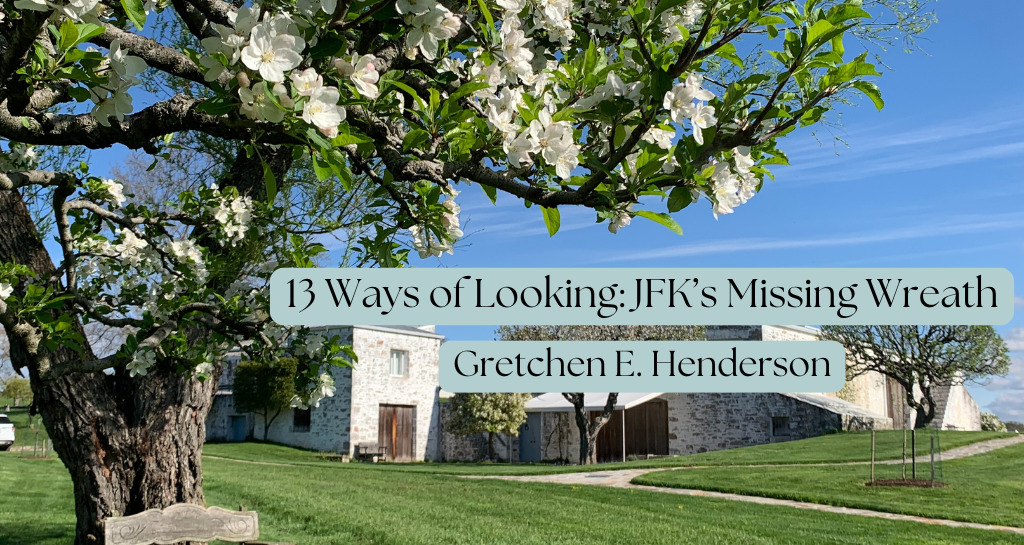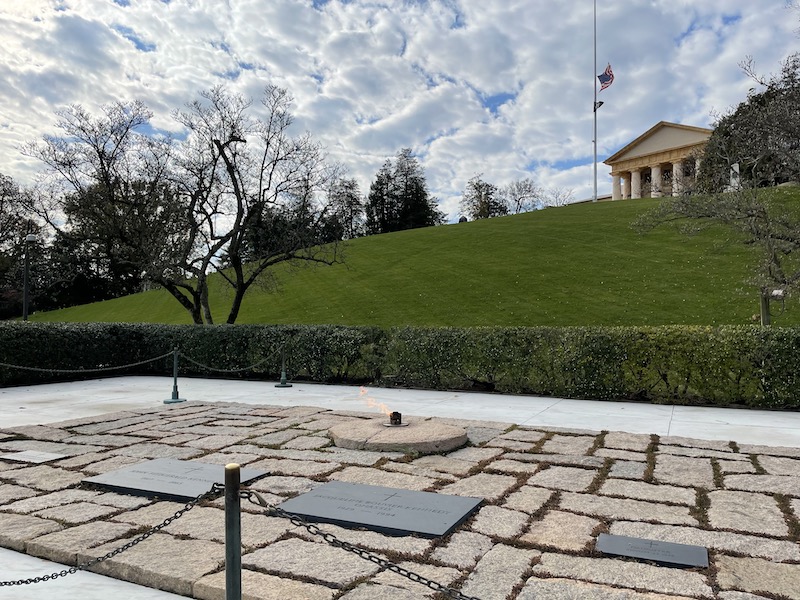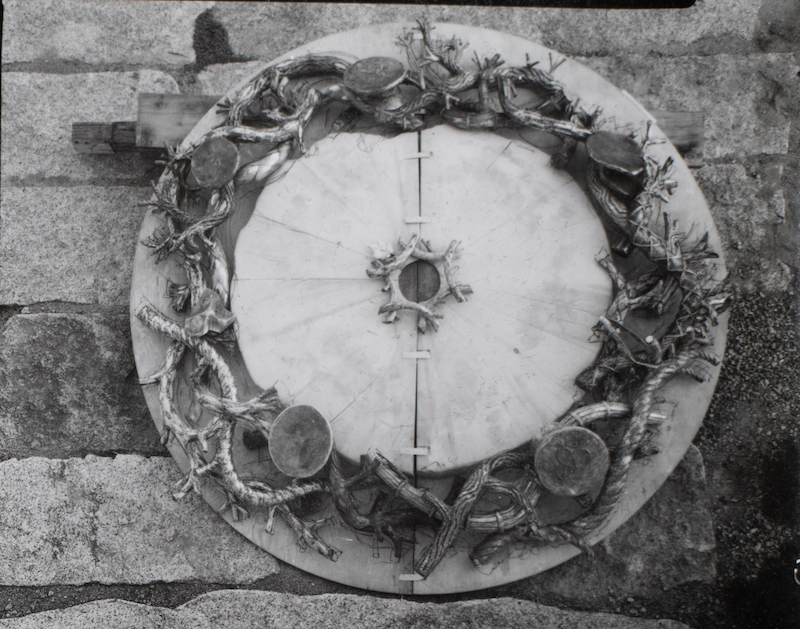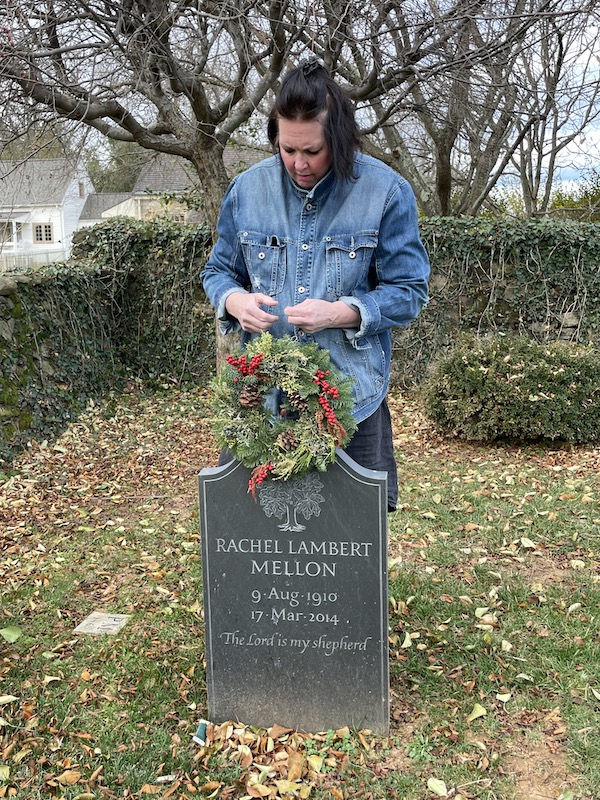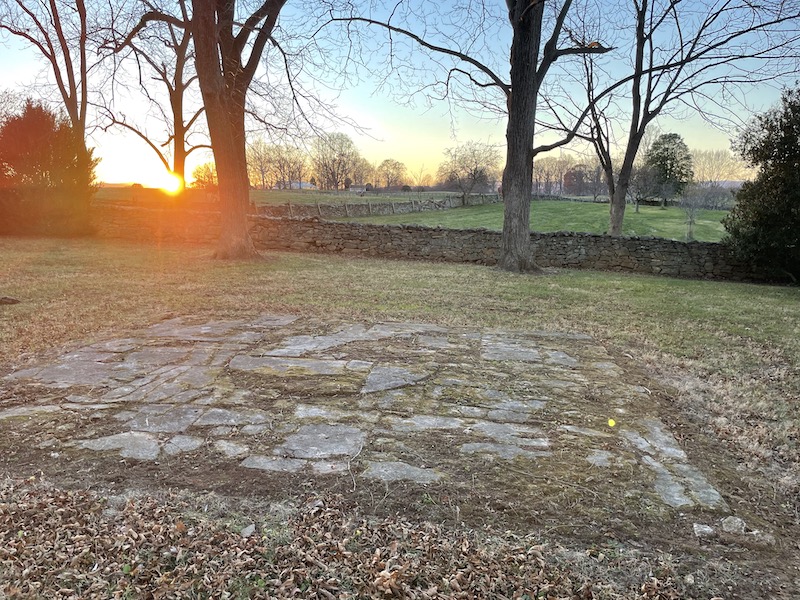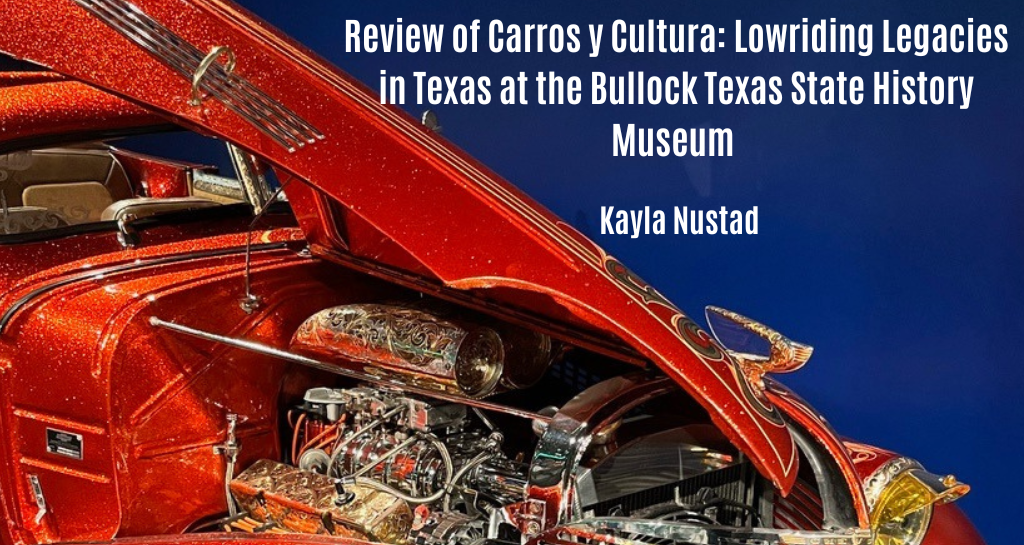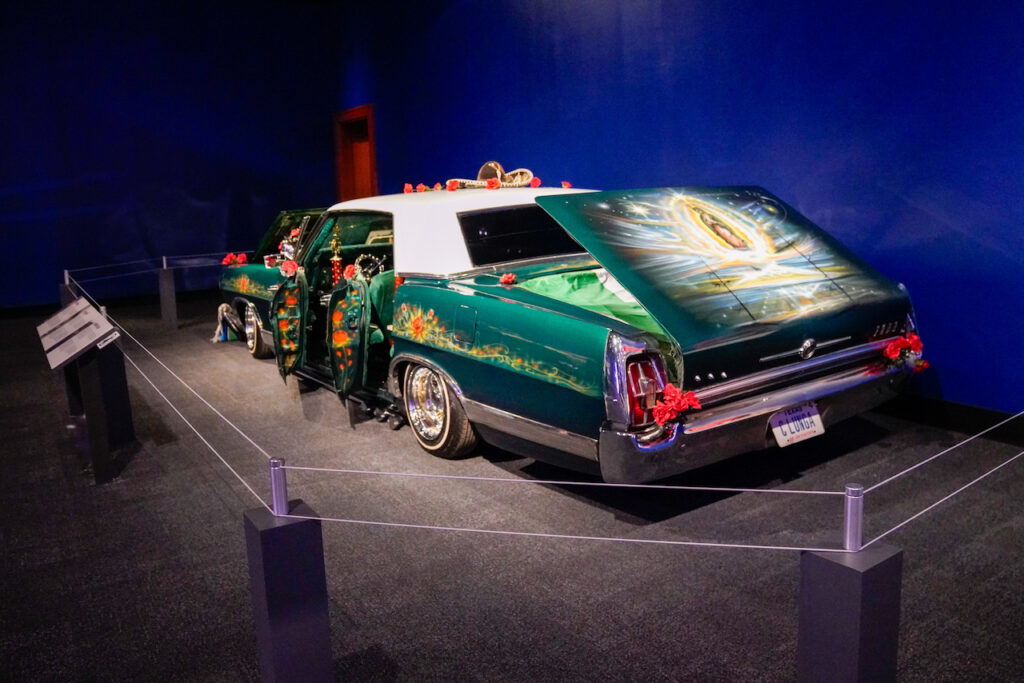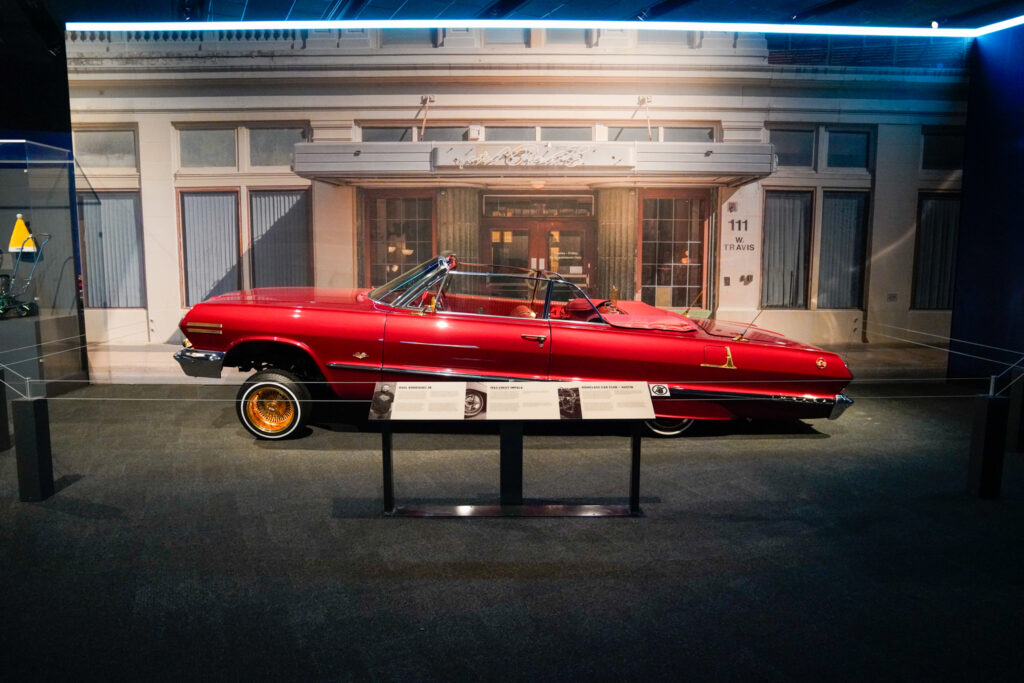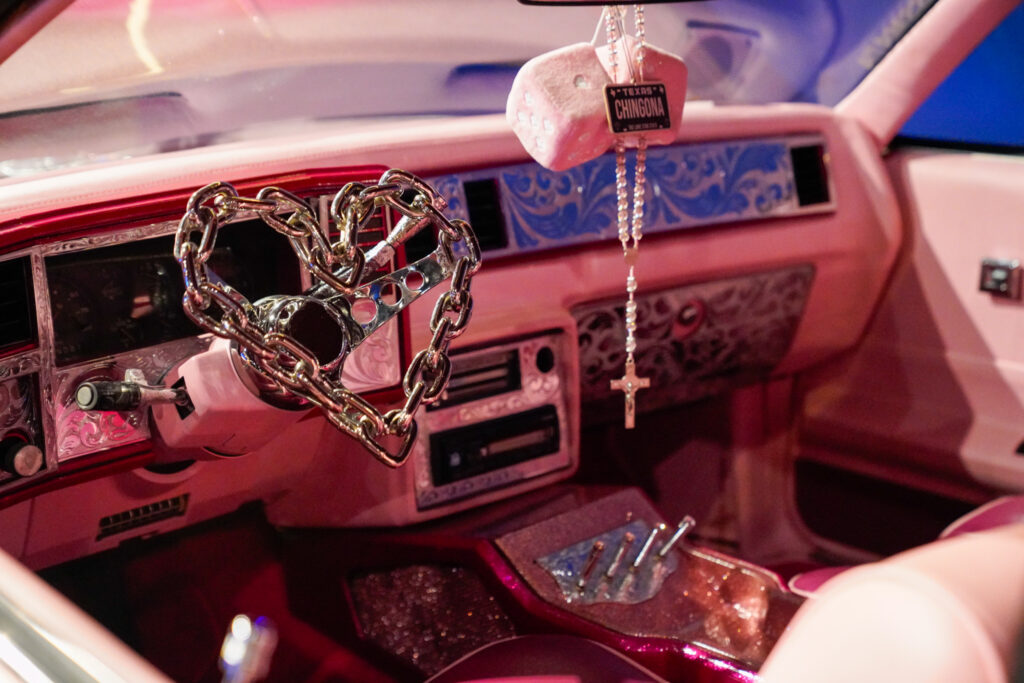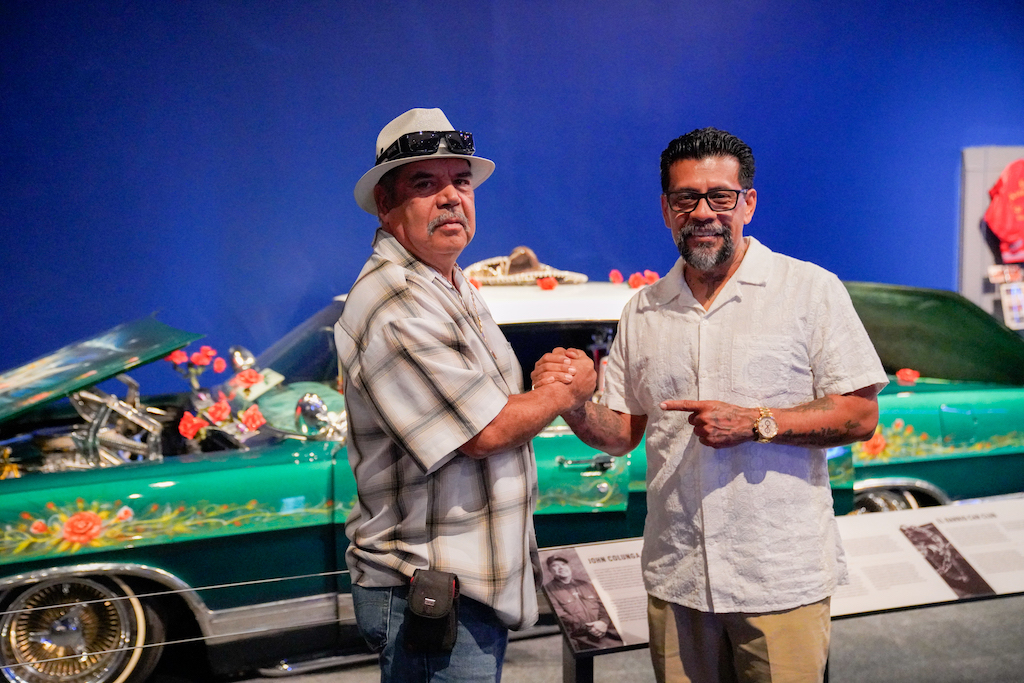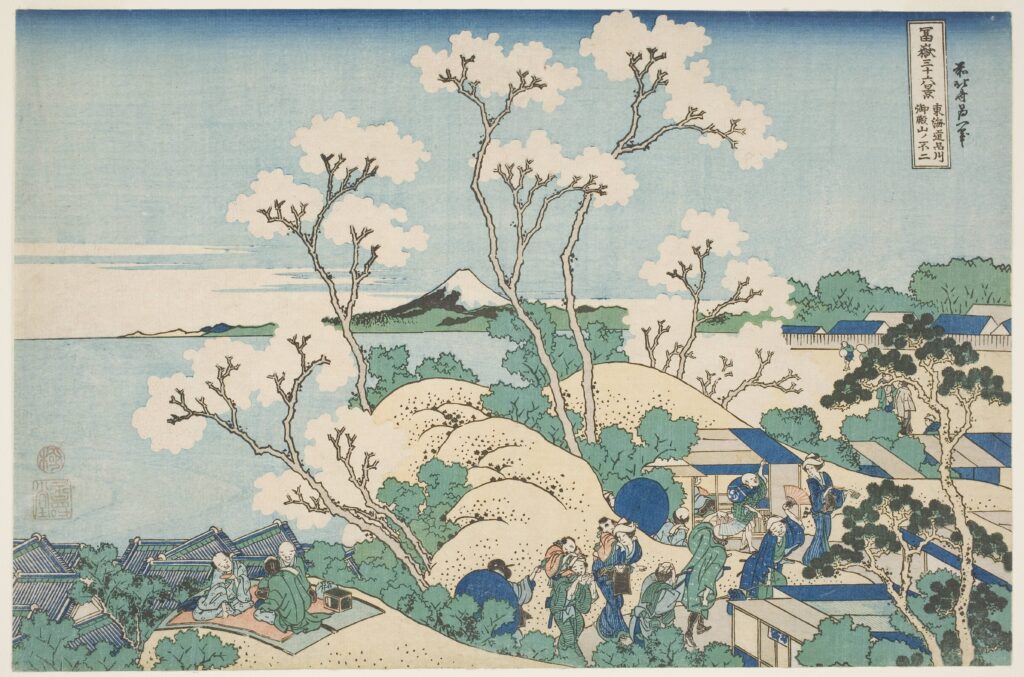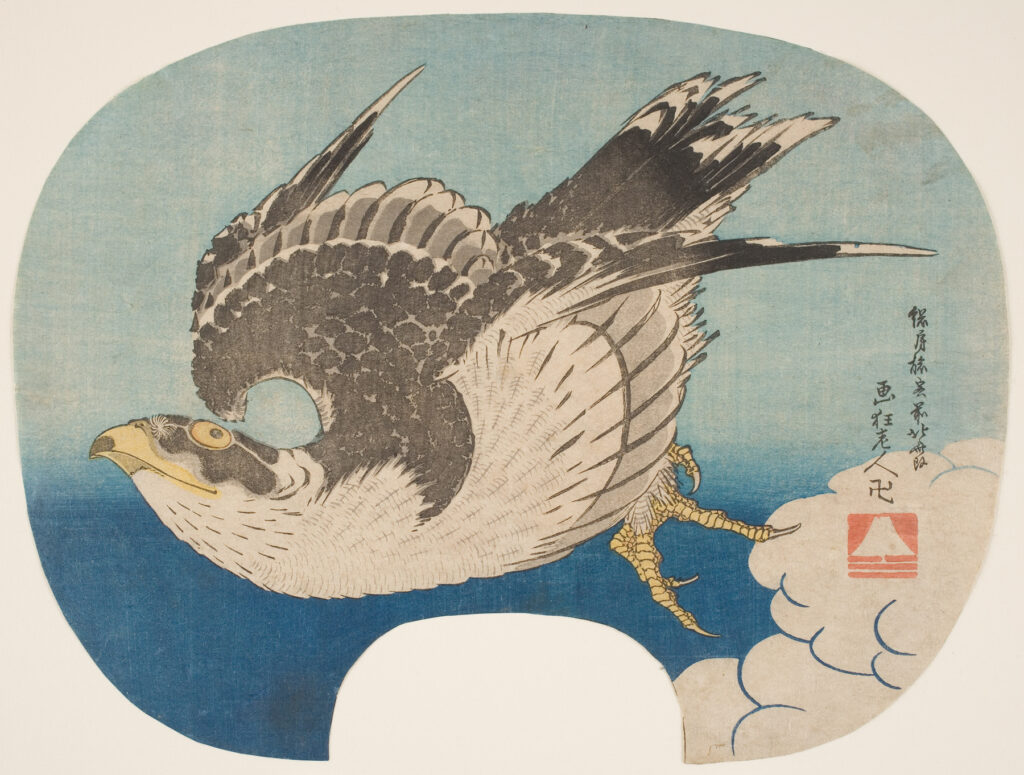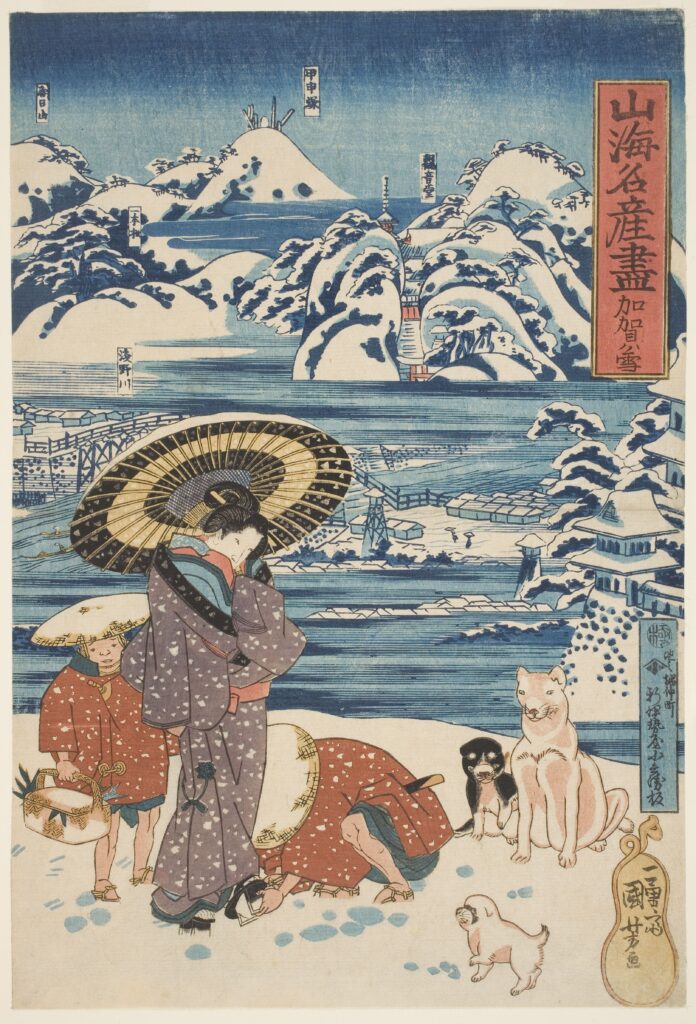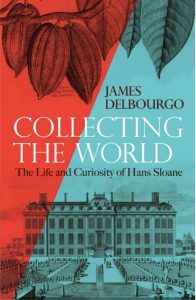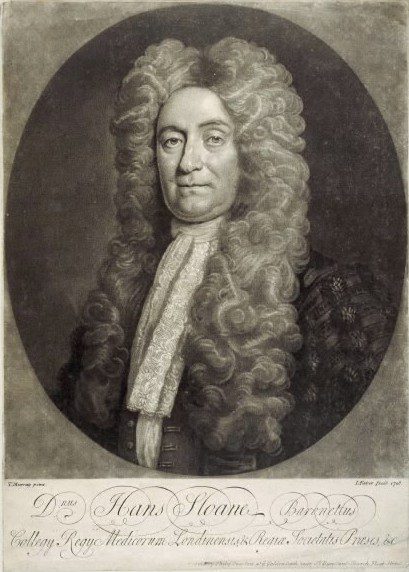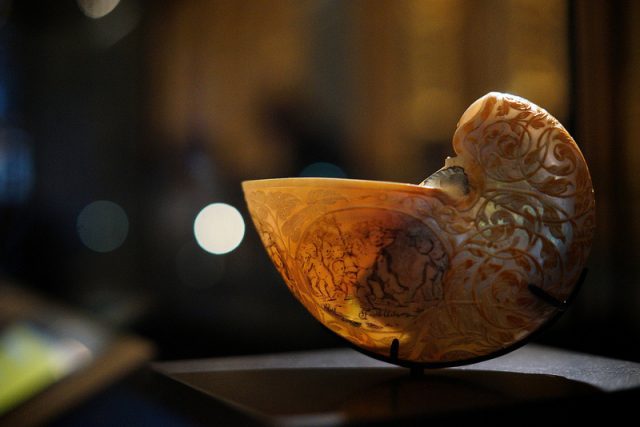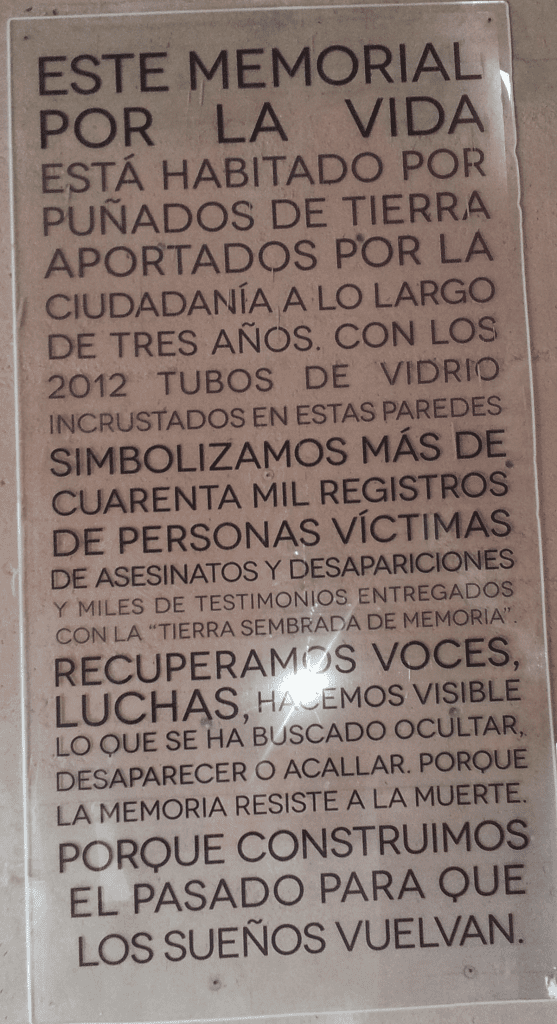
The term “public history” entered my vocabulary only after I moved to the United States, where it designates a well-defined professional field. In Latin America, by contrast, similar practices have long existed without requiring a defined institutional/formal designation. Communities have always engaged in the making and sharing of history through oral traditions, local museums, memory collectives, and neighborhood archives, public talks, among so many others. People have narrated their pasts, not necessarily within academic frameworks, but as acts of survival, resistance, and belonging. These longstanding traditions invite reflection on when and why the need emerged to name such practices “public history”, and what it means when collective forms of remembrance become institutionalized as fields or disciplines.
Public history, as a professionalized field, took shape in the 1970s in English-speaking countries, particularly the United States, as a means to bridge academic research and broader social engagement. As James Gardner and Paula Hamilton note, it encompasses both university-based training and work across museums, heritage sites, government agencies, and digital initiatives. Early definitions emphasized historical practice conducted “outside the ivory tower” for public audiences, but the field has since diversified to include participatory, activist, and civic-oriented approaches. Its growth has been shaped by national contexts, memory politics, and the expansion of heritage industries—each underscoring the social, political, and ethical stakes of historical work in public life.[1]
This institutionalization of public history resonates with ideas articulated much earlier by Carl Becker in his 1931 address to the American Historical Association, Everyman His Own Historian. Becker argued that all humans interpret the past through memory and imagination, and that historical understanding is not the exclusive domain of professionals but part of a shared human effort to make sense of experience.[2] Recognizing this broader agency calls for humility rather than gatekeeping—a lesson that resonates with practices in Mexico, where the work of cronistas—local historians and chroniclers devoted to preserving the histories of towns and municipalities—has long been central to civic and cultural life.

An aerial view of Guelatao de Juarez, Oaxaca. Source: Wikimedia Commons
Within Latin America, scholars and historians—especially those working in public institutions—often see their research as part of a reciprocal relationship with the communities that ultimately fund and sustain their work. This reciprocation, and therefore responsibility, reflects a broader understanding that history is not produced solely by, and for, academic peers but also for the publics who inhabit and inherit its narratives. Such accountability offers an important lesson for public history internationally: that historical practice flourishes when it remains responsive to the people and places it seeks to represent.
This ethos is not unique to Latin America. Across the world, long before “public history” entered academic vocabulary, communities across the world were already generating their own forms of historical knowledge. The telling of history was never confined to universities or formal institutions. It lived in plazas, churches, community centers, and homes; it was sustained through storytelling, ritual, and collective memory. These practices were often carried forward by teachers, activists, Indigenous elders, and neighborhood leaders who understood history as a means of continuity, belonging, and survival.
Even within the United States, some of the earliest public history initiatives originated outside academia. African American museums such as the DuSable Black History Museum in Chicago, founded by Margaret Burroughs in 1961, or the African American Museum in Philadelphia, grew directly out of the civil rights movement and the effort to preserve histories neglected by mainstream institutions. These projects—grassroots, activist, and often underfunded—demonstrate that engagement with the past has long served as a form of political work as much as cultural expression. In many ways, it is the later institutionalization of public history—its adoption and formalization within universities and professional associations—that represents the anomaly. Yet this framework has been embraced, sometimes uncritically, in countries where community-based and independent initiatives had long flourished, often to the detriment of those same grassroots efforts and the pluralism they sustained.
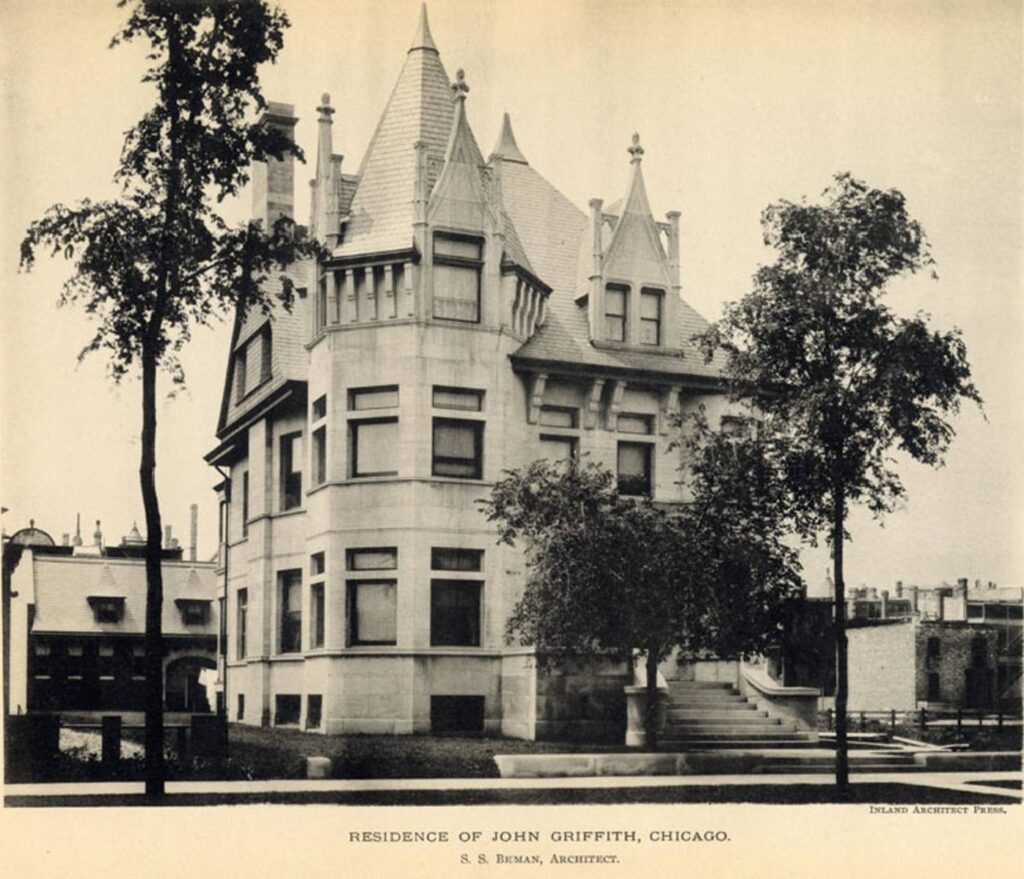
The DuSable Museum of African American History began in this 1892 house, purchased by Charles and Margaret Burroughs in 1959, who opened part of their home to the public as a museum. Source: Wikimedia Commons
When the field of public history was formalized in the 1970s within U.S. universities, it offered institutional recognition, professional pathways, and a common language for collaboration. These developments were invaluable for advocacy and training. Yet they should not obscure the longer, global genealogies of community-based historical practice. The move to define and credential public history can, unintentionally, overshadow the traditions that preceded it—traditions that continue to challenge academic hierarchies and broaden understandings of who can produce and interpret history. Recognizing these antecedents reminds us that public history, at its best, is not an invention of the academy but an extension of longstanding efforts to remember, interpret, and claim the past.
In recent years, universities and cultural institutions have increasingly embraced public-facing projects—exhibitions, digital archives, oral history collections, and outreach programs designed to engage wider audiences. These initiatives have expanded access to historical knowledge and reinforced the social relevance of scholarship. Yet they often remain shaped by institutional logics: funding cycles, curatorial frameworks, and professional protocols that determine how stories are told and what counts as legitimate evidence. Their tone is often careful and curated, designed to invite participation while maintaining institutional authority.
Community-based projects, in contrast, frequently emerge from lived experience and collective need. They are sustained by urgency rather than funding, by care rather than formal mandate. Small local museums, cronistas municipales, and memory collectives exemplify such work. Their exhibitions may be improvised and their archives incomplete, yet they possess an immediacy and intimacy that make them vital spaces of historical continuity. They assert the right to self-representation and challenge the notion that only institutions can authorize history. These practices are not merely nostalgic; they are acts of preservation, repair, and political presence.
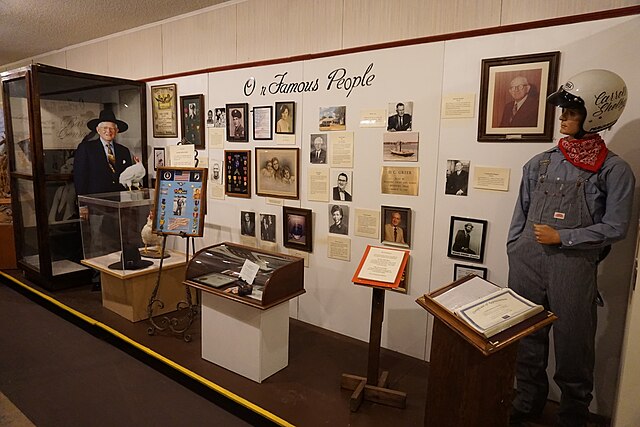
Northeast Texas Rural Heritage Museum. Source: Wikimedia Commons
Acknowledging these distinctions is not about opposing the academic and the communal, but about recognizing that they operate through different epistemologies and responsibilities. Academic public history often interprets the past for the public; community-based projects tend to interpret it with the public—or, more precisely, as the public. This difference shapes not only the narratives we construct but also the relationships of trust and authority embedded within them.
The term public history has opened many doors. It has enabled scholars to frame their work through collaboration, to reach broader audiences, and to affirm the social value of history within institutions that often privilege theory over practice. The label provides visibility, resources, and a shared vocabulary for those working at the intersection of history, education, and engagement. These are invaluable contributions, and the growing community of public historians has helped redefine what it means to be accountable to the public.
At the same time, it is worth remembering that the impulse behind public history—the desire to connect the past with everyday life—is not new. Long before it became a field, people around the world were already practicing it: telling stories, preserving memories, teaching, and caring for their histories in ways that were collective and deeply local. To name these practices public history is not to claim them as new inventions, but to acknowledge and learn from those who have sustained them all along.
If public history offers one enduring lesson, it is humility. Historians do not possess the past; we share it with everyone who remembers, narrates, and imagines. Our task is not only to speak, but to listen—to build spaces where many histories can coexist. Whatever name we give it, public history is ultimately about relationships rather than audiences, collaboration rather than outreach. Perhaps the most meaningful contribution scholars can make is to remember that we are joining a much older conversation. Public history did not begin with us; it began with the understanding that memory itself is a form of care. Our responsibility is to help sustain that care into the future.
[1] Gardner, James B., and Paula Hamilton, editors. The Oxford Handbook of Public History. Oxford University Press, 2017.
[2] Becker, Carl. “Everyman His Own Historian”, American Historical Review 37, no. 2, p. 221–36: https://www.historians.org/presidential-address/carl-l-becker/
Raquel Torua Padilla is a doctoral student in the Department of History at the University of Texas at Austin. She holds a B.A. in History from the Universidad de Sonora and is currently a CONTEX Fellow. Her research focuses on the history of the Yaqui people in the 19th and 20th centuries.
The views and opinions expressed in this article or video are those of the individual author(s) or presenter(s) and do not necessarily reflect the policy or views of the editors at Not Even Past, the UT Department of History, the University of Texas at Austin, or the UT System Board of Regents. Not Even Past is an online public history magazine rather than a peer-reviewed academic journal. While we make efforts to ensure that factual information in articles was obtained from reliable sources, Not Even Past is not responsible for any errors or omissions.
